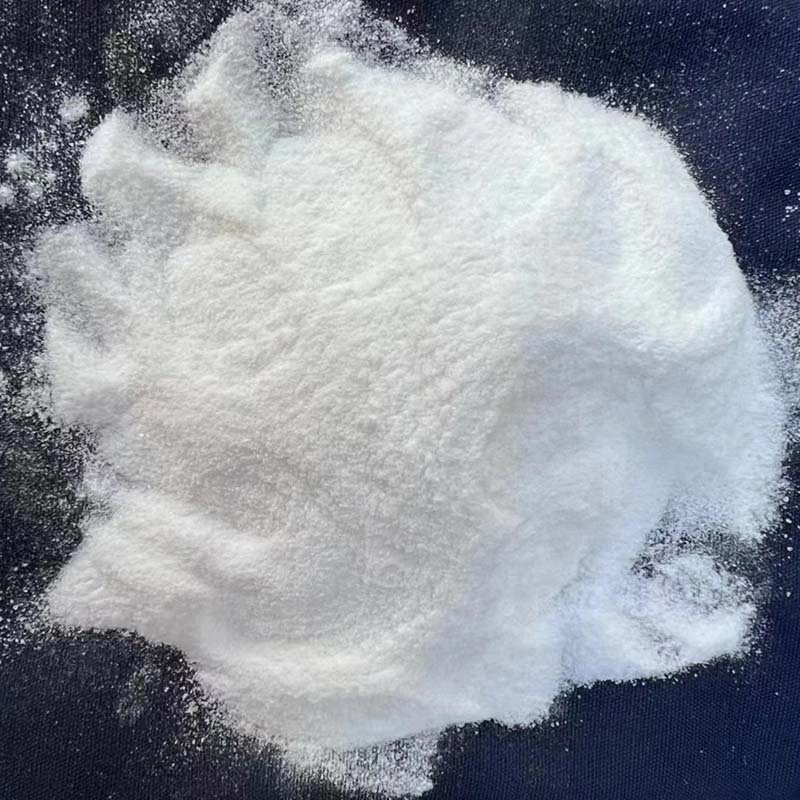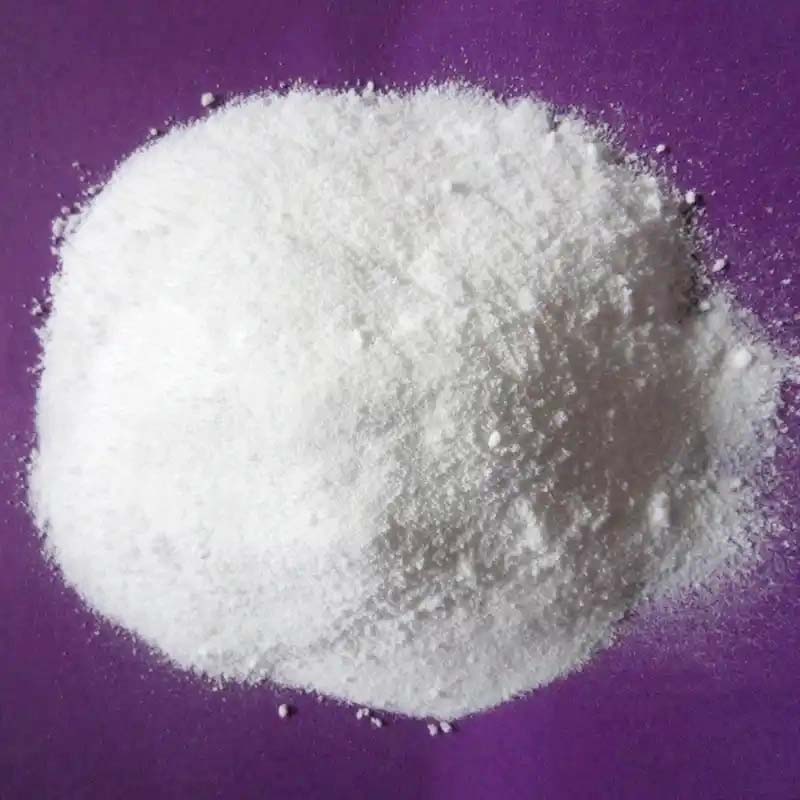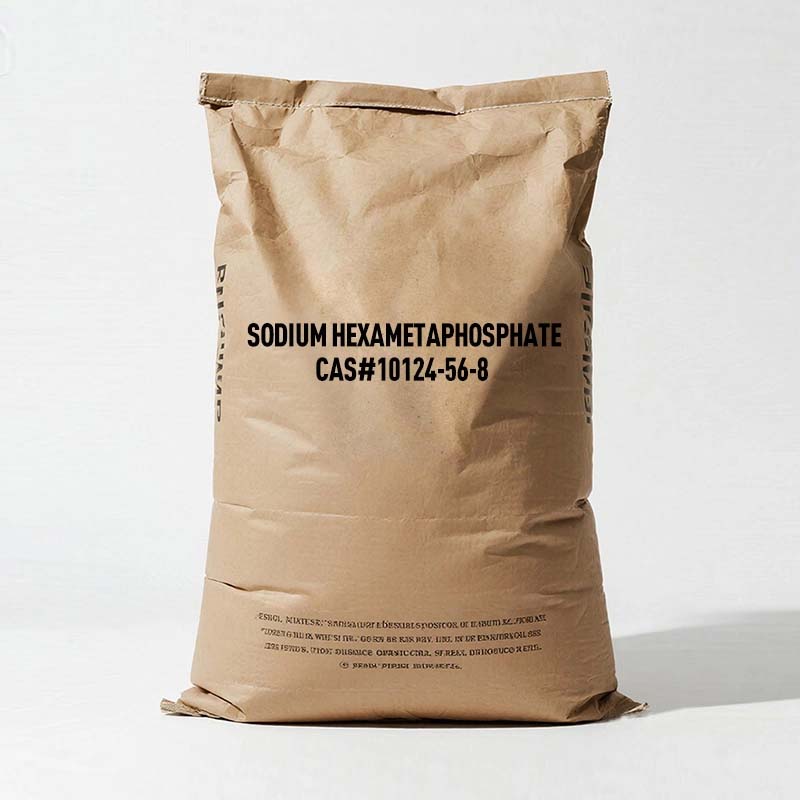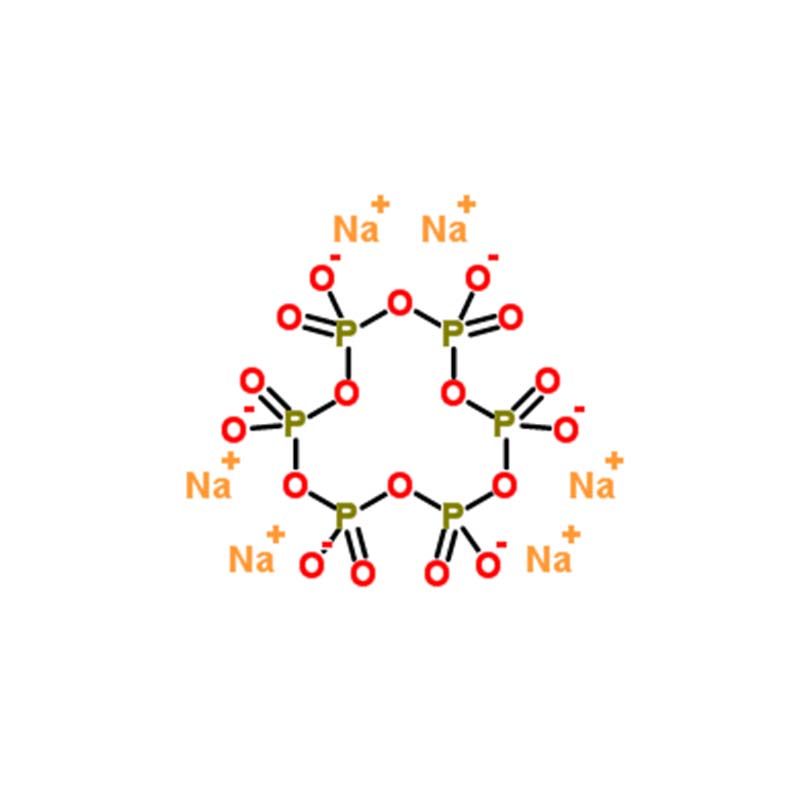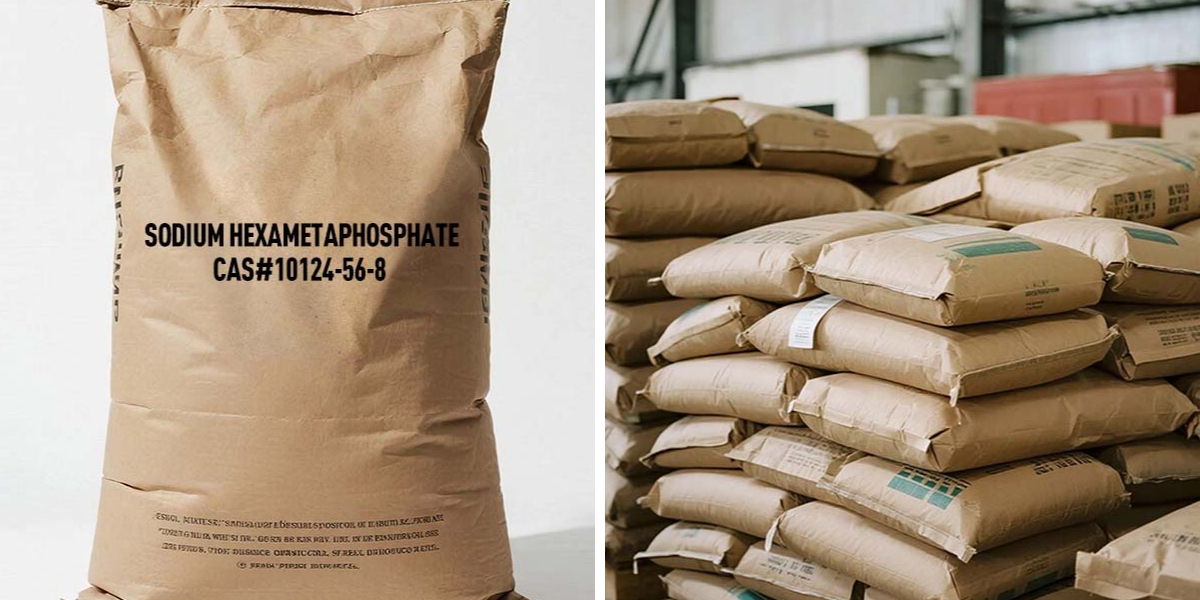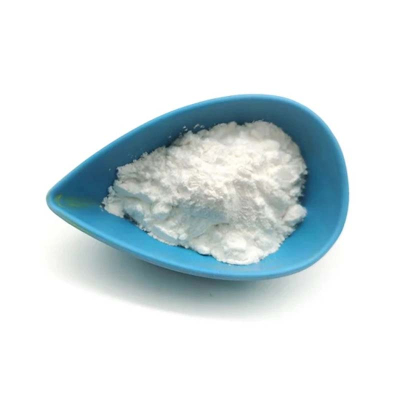Sodium Hexametaphosphate
Versatile Chemical Form: Sodium hexametaphosphate, recognized under alternative names such as "sodium polymetaphosphate", exhibits adaptability across industrial applications due to its variable structural forms.
High Solubility: The compound demonstrates excellent water solubility, facilitating its integration into aqueous systems for diverse industrial and chemical processes.
Low Melting Point: With a melting point of approximately 616°C, it enables processing in moderate-temperature industrial applications.
Acidic Aqueous Solution: Its solutions in water display weakly acidic characteristics, supporting targeted use in pH-sensitive reactions and formulations.
Sodium hexametaphosphate is a polymeric form of sodium metaphosphate. It is also known by several alternative designations, including "sodium polymetaphosphate," "vitreous sodium metaphosphate," and "Graham's salt." The compound typically presents as a colorless, transparent glassy solid or a white powdered material. It features high solubility in water and a relatively low melting point. Aqueous solutions of this compound exhibit acidic characteristics.
Parameters
Melting point | 616℃ |
Boiling point | 1500℃ |
density | 2.181 |
FEMA | 3027 | SODIUM HEXAMETAPHOSPHATE |
refractive index | 1.482 |
RTECS | OY3675000 |
storage temp. | 2-8°C |
form | Solid |
color | White |
Odor | odorless |
Water Solubility | Soluble in water. Insoluble in organic solvents |
Stability | Stable. Keep dry. |
InChIKey | INSNVPUOJJTBAL-UHFFFAOYSA-H |
CAS DataBase Reference | 10124-56-8(CAS DataBase Reference) |
EPA Substance Registry System | Sodium hexametaphosphate (10124-56-8) |
Safety Information
Safety Statements | 24/25 |
WGK Germany | WGK 1 slightly water endangering |
TSCA | Yes |
HS Code | 2835390000 |
Hazardous Substances Data | 10124-56-8(Hazardous Substances Data) |
This compound is utilized in analytical chemistry for the colorimetric determination of phosphorus, magnesium, niobium, copper, silicon, and arsenic, as well as for polarographic and volumetric analysis of iridium. It functions as a reducing agent for heteropoly acids, copper, and gold, and is employed in the detection of phosphates, tungstates, nitrates, nitrites, selenium, and tellurium. In the fertilizer industry, it serves as a developer, antioxidant, and desulfurizing agent, while also acting as a urea synergist.



